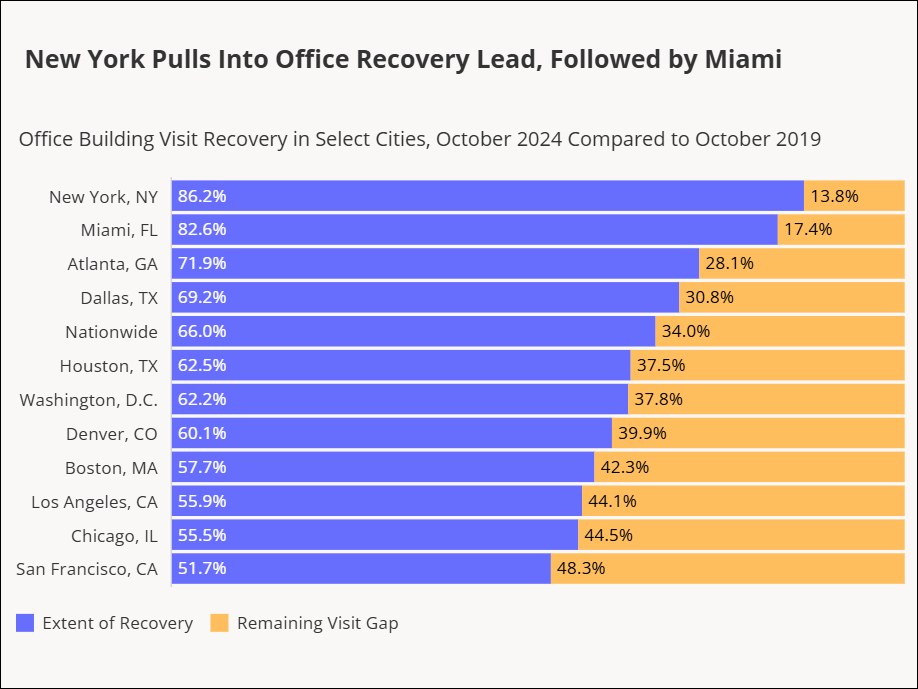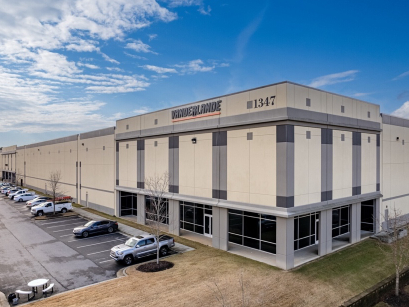Safety First
As industrial facilities surge in popularity, it’s important to make sure the properties are up to code.
Don’t run with scissors. Don’t take candy from strangers. And the new important one: Wear a mask.
We do a lot in the name of safety. (That candy one really hurts.) Especially in the past year, when we went from working closely in shared spaces to disinfecting all surfaces and social distancing. With the COVID-19 vaccine starting to reach more of the population, there is hope, but it is crucial to stay vigilant to continue to slow the spread of the virus.
For the industrial sector, safety is particularly important. Of course, there were always safety concerns in industrial facilities, due to the dangerous machinery and huge stacks of heavy freight. But the accelerated growth in e-commerce due to the explosion in online shopping—as many consumers have avoided malls and shopping centers—has increased the workload in fulfillment centers, where employees work side by side. It is crucial to make sure tenants are not only addressing mechanical safety concerns but also new social distancing and air quality anxieties to protect workers from COVID-19, as well.
Luckily, developers are on the job, installing efficient HVAC systems and other technologies such as fans that use ion disinfection technology to stop the spread of the virus. Those can all end up being costly changes, though. So who foots the bill? According to reporter Greg Isaacson, if the tenant wants to install a fan, the tenant pays for the equipment and the landlord pays for installation. While the upfront charge might be a deterrent, these upgrades could end up being more cost-effective than doing a whole system overhaul down the road.
Additionally, there are new technologies being developed and used. Like robots! These can encourage social distancing, because workers can space themselves out between robots instead of working next to another person.
“Building automation was already a hot point for industrial, even before the pandemic,” said Jim Clemo, senior vice president & real estate operations manager at Duke Realty. But this trend is poised to continue. In fact, Isaacson reports that 50,000 warehouses will use safety robots in 2025.
Whatever the method, it’s reassuring to see that owners and operators are taking steps to ensure the well-being of their warehouse workers.
Stay safe, everyone!








You must be logged in to post a comment.